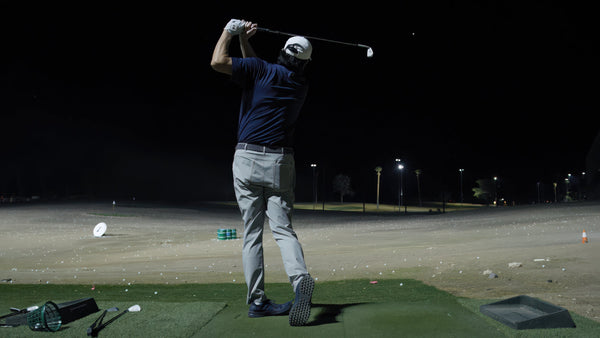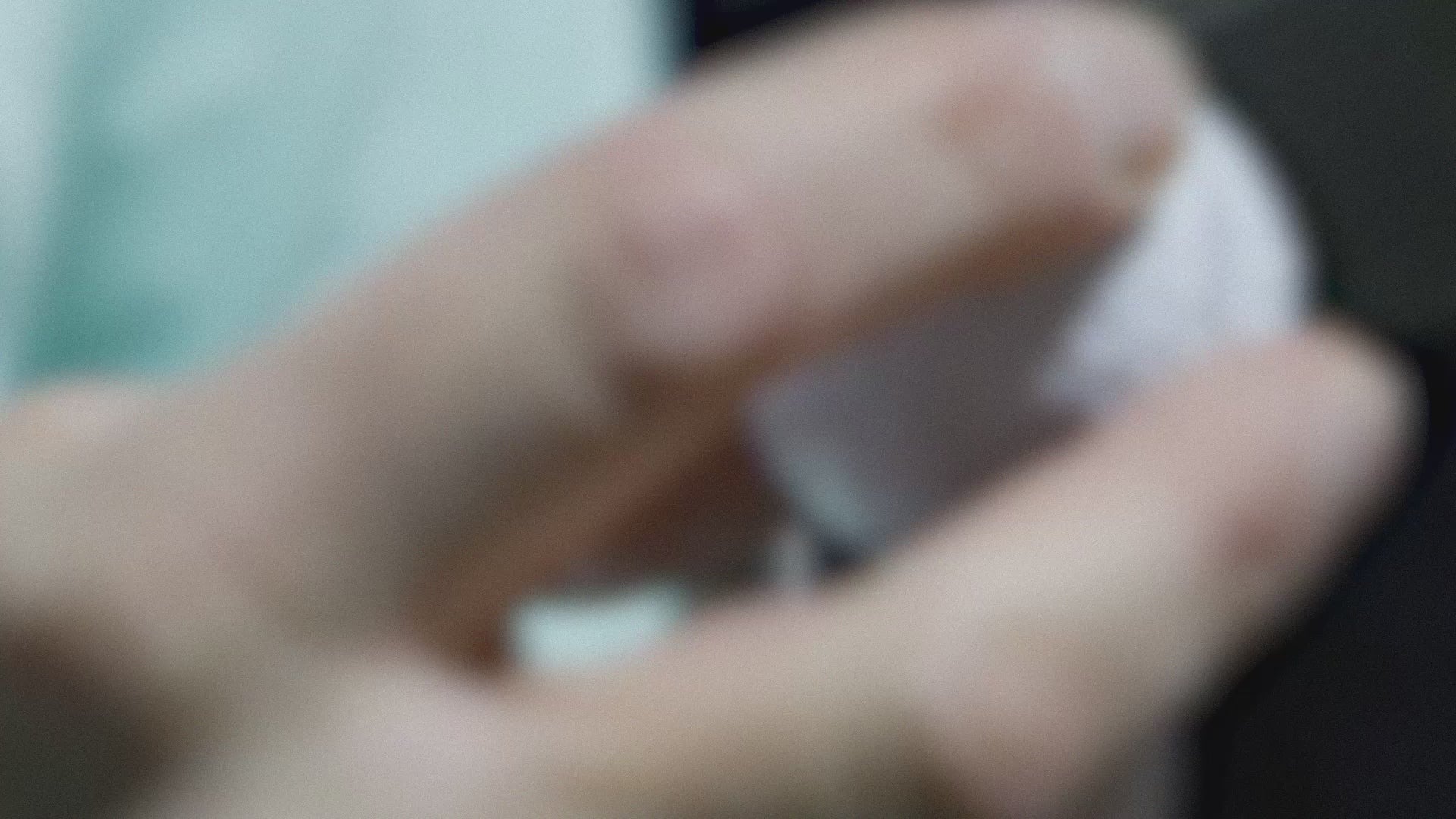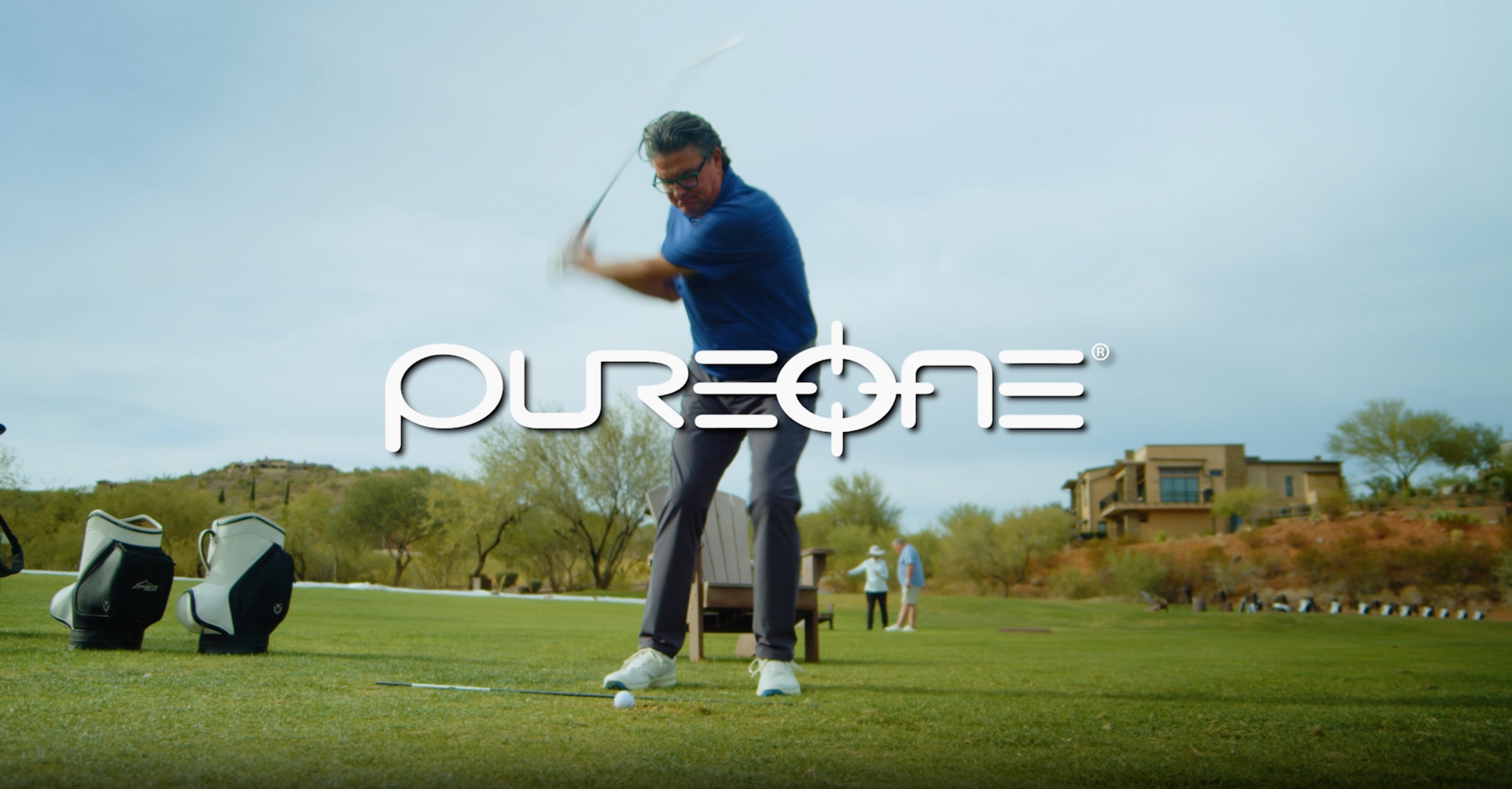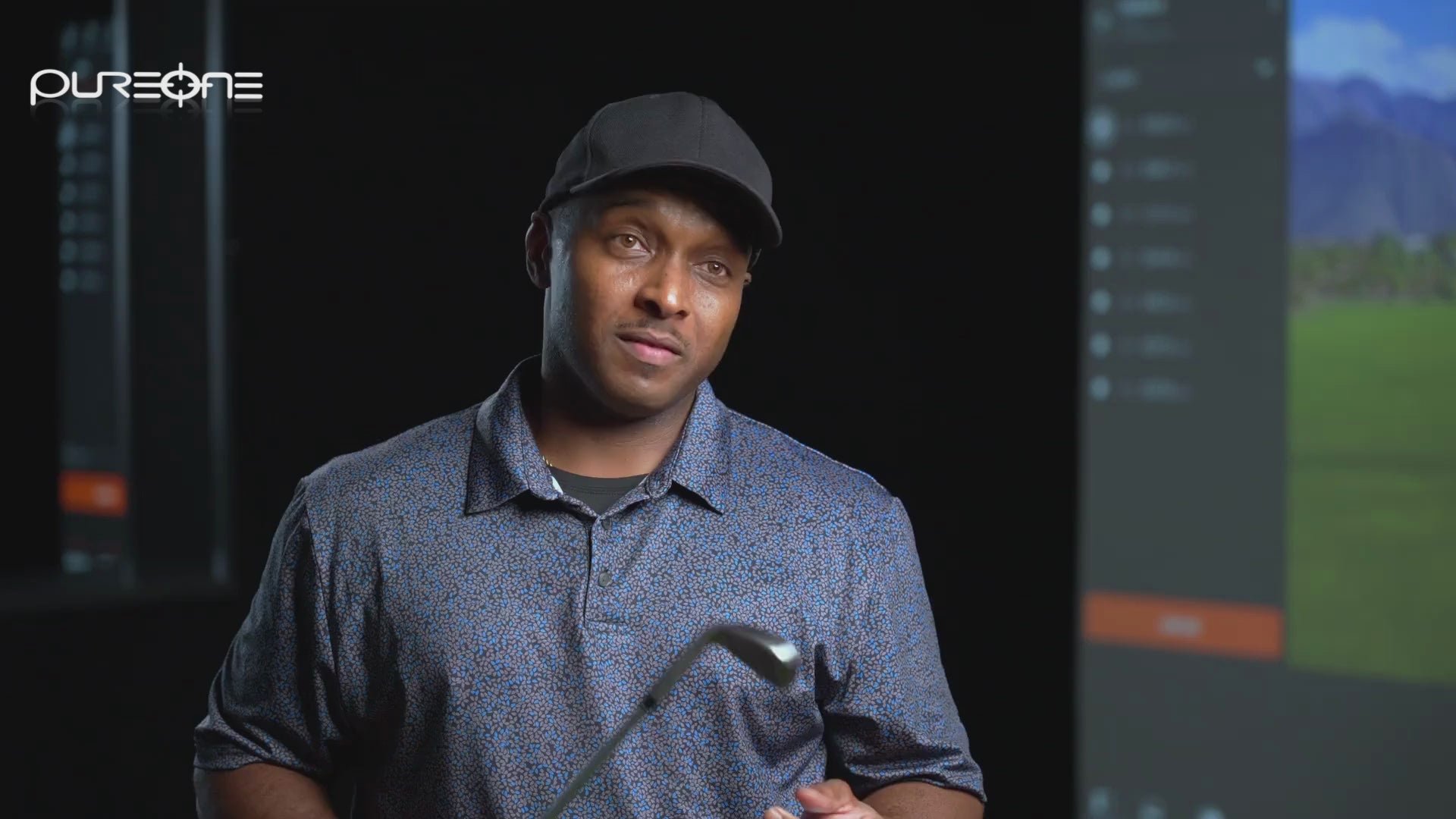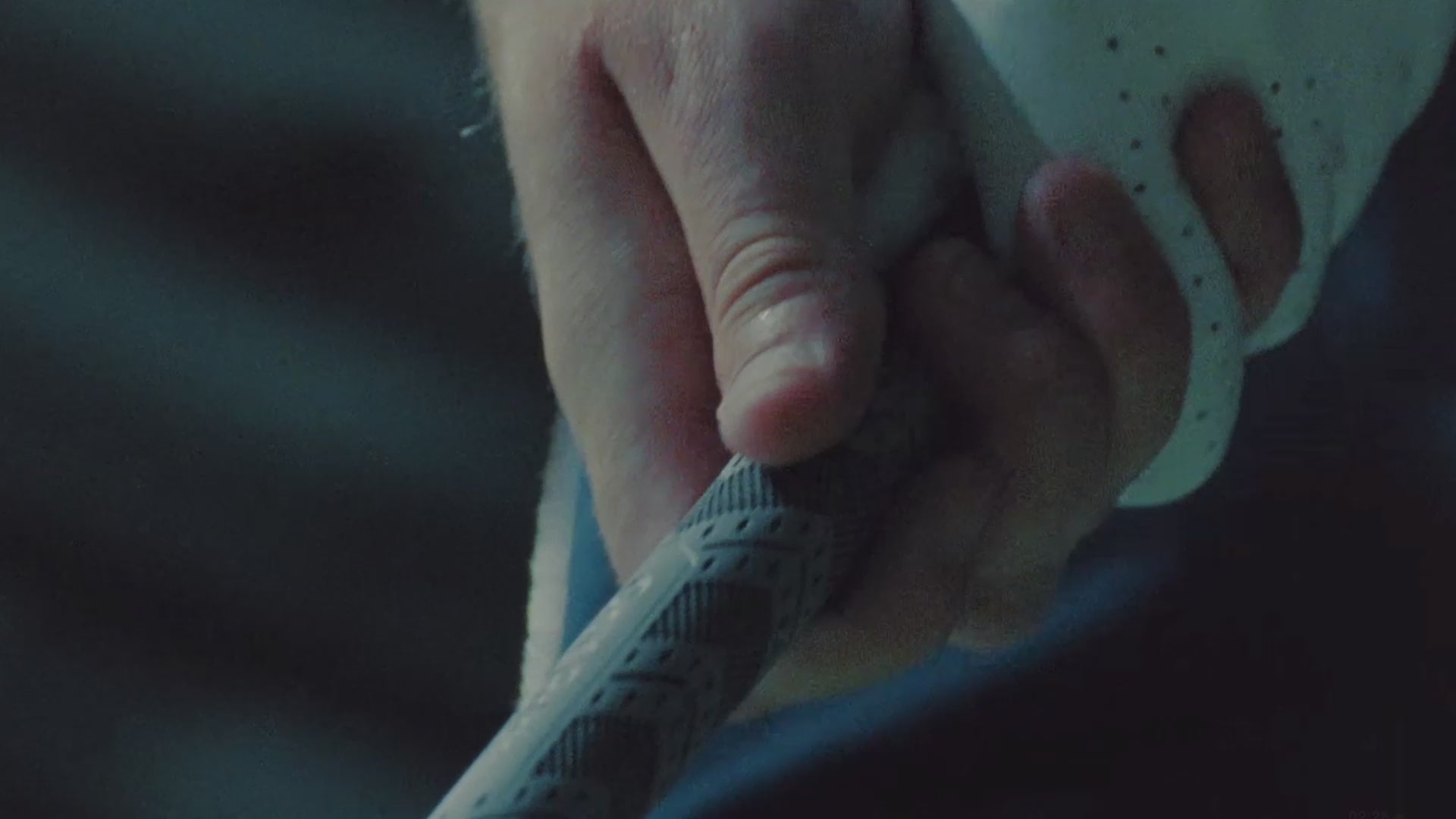Why a 70% Golf Swing Leads to Lower Scores
Jun 25, 2025
In 16 years giving golf lessons, I've discovered something that might shock you about the golf swing: The player who swings the hardest usually shoots the highest.
You know the 20-year-old who looks like he's trying to drive the ball through the center of the earth, grunting and groaning on every swing? There's a good chance he's the one who's watching his ball sail into the woods or chunk into the ground five yards in front of the tee box.
Meanwhile, the smooth-swinging 50-something — who looks like he's barely trying — is consistently finding fairways and striking the ball solidly. His swing looks effortless, but his ball contact is crisp, and his distances are surprisingly long.
Here's something you need to understand about the golf swing: Swinging easier doesn't mean hitting it shorter. So when you learn to swing at about 70 percent of your maximum effort, your swing tempo improves, your ball-striking gets more consistent, and on occasion, you'll often hit the ball farther than when you're swinging out of your shoes.
Why Most Golfers Swing Too Hard
The biggest misconception in golf is that swing and club head speed equals distance. So naturally, amateur players think they need to swing as hard as possible to maximize their yardage.
I had a student last year who would practically fall over after every drive. He was swinging so hard that his follow-through looked like he was trying to throw his driver down the fairway. His average drive was about 220 yards, but it was anybody's guess where it would end up.
After working with him on swinging at about 70 percent, his drives started averaging 240 yards and landing in the fairway 80 percent of the time. Same swing fundamentals, same equipment — just a completely different approach to effort and tempo.
The truth is, when you swing at maximum effort, several things go wrong simultaneously. Your timing gets rushed, your balance suffers, and most importantly, you lose the ability to make solid contact with the center of the clubface.
This is why practicing a slower golf swing speed with the PureOne practice club is so beneficial: Instant feedback as you dial in your game.
The Benefits of Using a 70% Golf Swing
Here's what happens when you dial back your effort to about 70 percent of your maximum speed and focus on swinging easier.
First, your timing improves dramatically. When you're not rushing to generate maximum speed, your body has time to sequence properly. Your backswing completes before your downswing starts, and you can actually feel the club throughout the entire swing.
Second, you maintain better balance. Hard swings often result in golfers losing their footing or swaying off the ball. With a more controlled swing at about 70 percent, you'll finish in perfect balance each time — meaning more consistent ball contact!
Third, you'll find the center of the clubface more often. This is huge. A ball struck on the sweet spot with a 70 percent swing will travel farther than a ball hit on the toe or heel with a 100 percent swing.
Finally, your course management improves. When you're not worried about crushing every shot, you start thinking more strategically. You'll choose smarter targets, take more conservative lines, and avoid the big numbers that destroy scorecards.
How to Find the Perfect 70 Percent Golf Swing
Here's a simple golf drill that will help you discover your optimal swing speed and transform your ball-striking consistency.
Start on the driving range with a PureOne "Short". Take your normal setup, but before swinging, make a conscious decision to swing at what feels like 70 percent effort. This should feel smooth and controlled, like you're making a practice swing with a ball in the way.
Hit 10 balls with this effort, focusing purely on making solid contact. Don't worry about distance initially — just concentrate on that crisp sound and feeling of the ball compressed properly against the clubface.
Now hit 10 balls at what feels like 90 percent effort. You'll probably notice that, while some shots go farther, your consistency drops dramatically. Some will be pure, others will be thin or fat, and your dispersion pattern will be much wider.
Finally, hit 10 more balls again with 70 percent effort. Most golfers are shocked to discover that their 70 percent swing produces nearly the same distance as their 90 percent swing — but with better accuracy and consistency.
The key is learning to trust this feeling. Your ego will want to swing harder — especially when you're trying to impress your playing partners — but your scorecard will thank you.
The Mental Benefits of an Easier Golf Swing
The hardest part about producing a 70 percent golf swing isn't the physical adjustment — it's the mental one. Most golfers equate effort with results, so swinging easier feels like giving up or not trying hard enough.
But remember, golf isn't about how hard you can swing, it's about how consistently you can deliver the clubface to the ball. When you swing within yourself, you give your body the best chance to repeat the same motion over and over.
Golf rewards precision over power, so swinging at 70 percent isn't about being lazy or holding back, it's about being smart and giving yourself the best chance to play your best golf.
PGA of America Golf Professional Brendon Elliott is an award-winning coach and golf writer. Check out his weekly Monday column on RG.org, sign up for his golf newsletter, and visit OneMoreRollGolf.com to learn more about him and his work.
